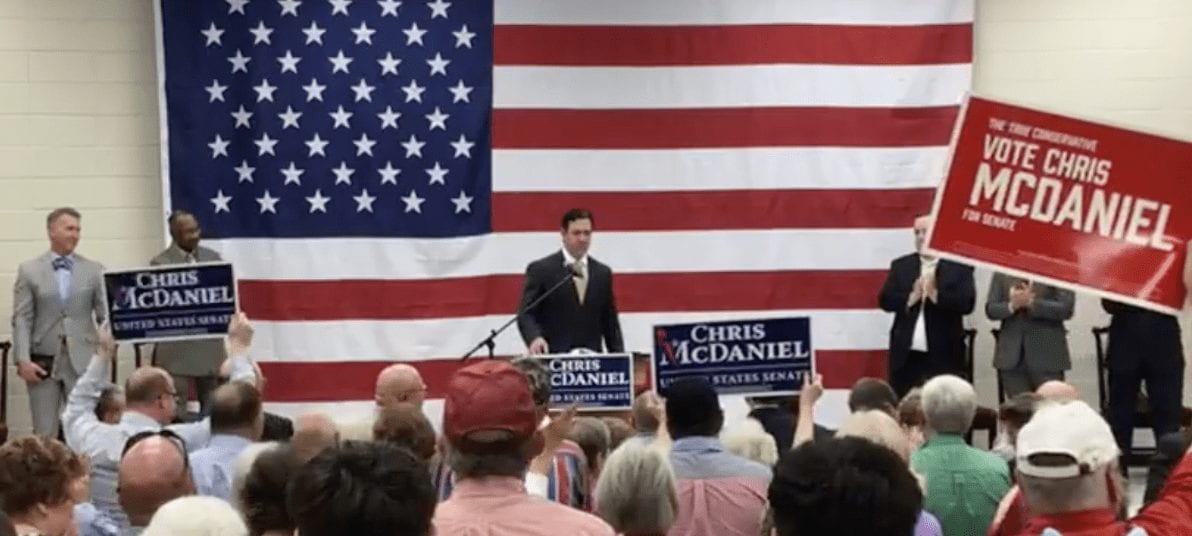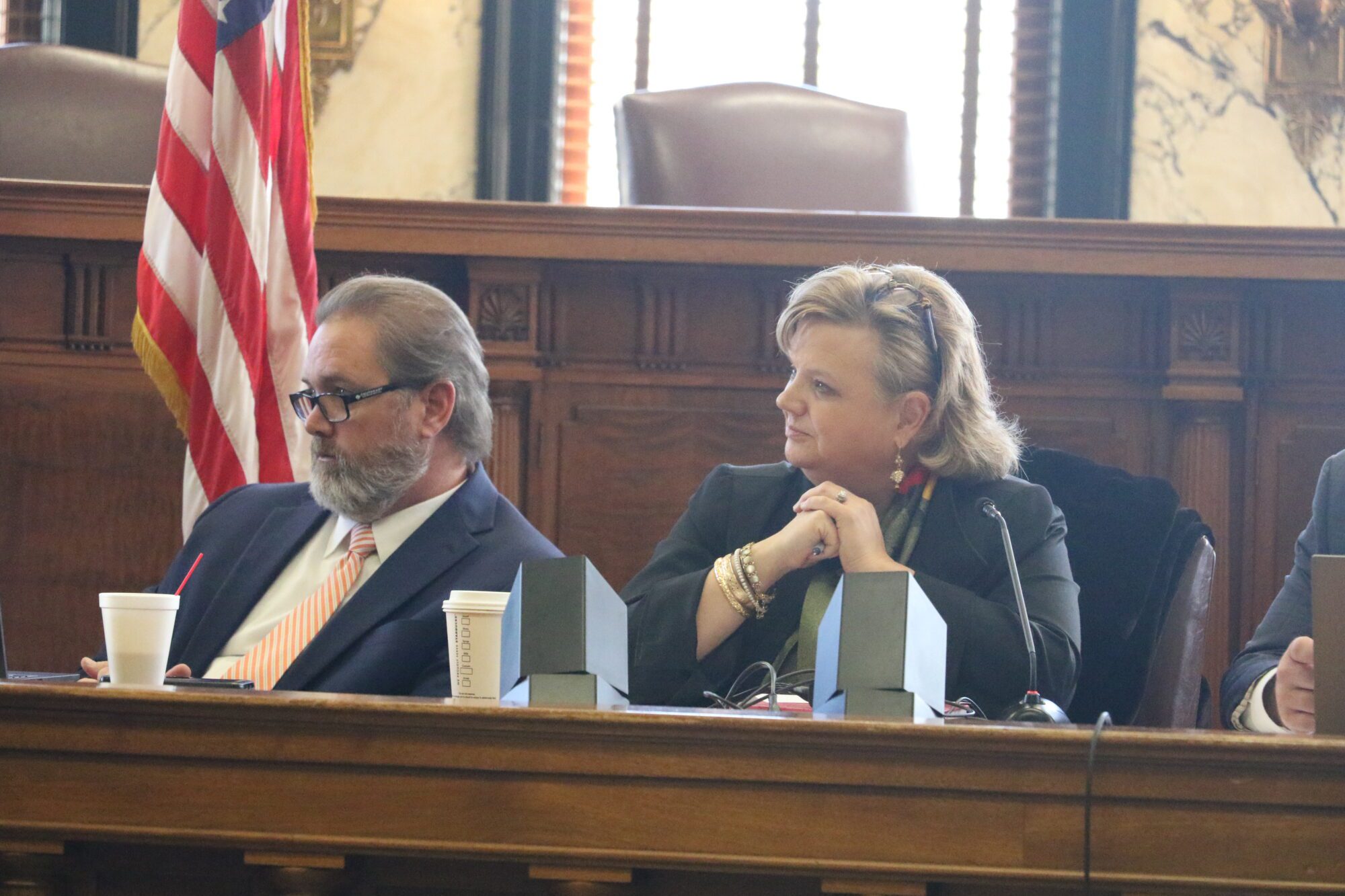U.S. Senators Roger Wicker, R-Miss., and Joe Donnelly, D-Ind., introduced legislation that would allow two years for the judicial review of final rules on the Environmental Protection Agency’s (EPA) national emission standards affecting brick, clay, and tile producers.
This legislation, titled the “Blocking Regulatory Interference from Closing Kilns (BRICK) Act,” would address serious concerns associated with the burdensome Maximum Achievable Control Technology (MACT) rule reissued in 2015 for brick and structural clay manufacturers.
“Over the past several years, EPA has taken unwarranted action to impose a series of costly and burdensome requirements on brick and ceramics manufacturers with little consideration for the devastating impacts these increasingly strict regulations have had on domestic producers and employers,” Senator Wicker said. “This legislation would help protect companies who have already taken great strides toward reducing their environmental footprint, and it would keep them from having to implement even more costly and disruptive technologies before a judicial review of the new rules.”
Senator Donnelly said, “As Hoosiers work to implement new technologies designed to promote clean air, it is also important to ensure that we develop regulations that are narrowly tailored and provide businesses with the certainty they need to invest. The bipartisan compromise that I developed with Senator Wicker would give brick manufacturers the certainty they need before they make significant investments to reduce the environmental impact of their operations.”
The bill would address industry concerns that compliance deadlines for disputed regulations are often too short for the legal process to run its course. Manufacturers must make investments in order to comply with rules that may be thrown out by the courts.
In 2003, EPA finalized the original MACT rule for the brick and structural clay ceramics manufacturing industry, which required brick companies to comply by installing new equipment to help control emissions. In 2007, after companies spent more than $100 million on these controls, the U.S. Court of Appeals for the D.C. Circuit vacated the rule.
In September 2015, EPA finalized a new revised rule that uses the emission reductions achieved by the control devices installed under the vacated 2003 rule as the baseline for further emission reduction requirements. The agency’s new rule does not give the industry credit for the reductions already achieved.
Senator Roger Wicker Press Release
2/28/2017










